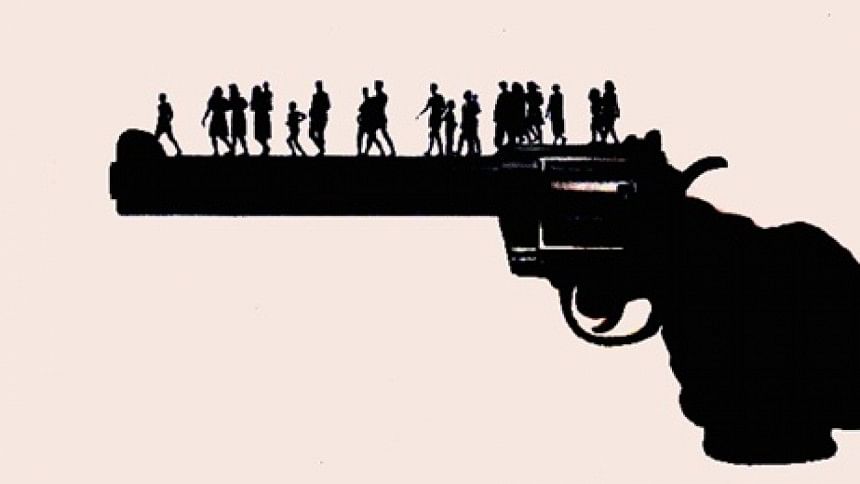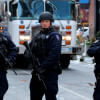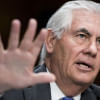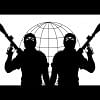Focus on the supply side of terrorism

Clearly, this is a tipping point in our understanding of and approach to ideological terrorism so far as Bangladesh is concerned. Since we have been visited by a series of 'firsts' in so-called jihadi manifestations, perhaps a review is in order.
It is for the first time that young men from well-off families educated in secular institutions staged a bloodbath. They formed a 'suicide squad', so far unheard-of in Bangladesh, to carry out their killing mission. A global contagion effect is taking hold.
Bangladesh, however, is not a lone figure on the supply side. A story from Kerala has it that men and women mostly from affluent and highly educated families confided in their friends about an intent to abandon their wealth and go somewhere to lead "a true Islamic way of life".
"Of the 21 missing youths from Kerala, with at least some suspected to have left in a bid to join Islamic State, The Indian Express spoke to the families of 10 from the Padanna and Trikkaripur region to piece together a story of rapid radicalisation and a common thread — most were followers of the ultra-conservative Salafi movement."
Sometime ago, even Muslim youths in England including teenage girls left their families travelling to Turkey on way to Iraq and some ISIS strongholds in Syria. The British authorities obviously cried foul but with a major difference that they would approach the returnees from such misadventure debriefing and engaging them in de-radicalisation programmes.
Latest reports suggest that the viscera samples of the five deceased participants in the Gulshan killing spree is being preserved. This is for testing whether they had used Captagon, a terrorist drug, before the act. For five young men to have executed 20 individuals in such a brutal fashion has raised a suspicion about the influence of some kind of drug before carrying out the operation Reportedly, FBI and an organisation in Gujarat have asked for visceral samples to carry out forensic test along that line.
Captagon is an 'ideal' drug to facilitate inhuman acts. "During the Paris attacks on November 13, those who managed to flee the scene have since provided descriptions of the terrorists that could point to the use of Captagon: with empty stares, pallid, expressionless faces, the attackers are said to have looked like the 'walking dead'."
A huge gap in the mechanical surveillance structure has come to light. A Prothom Alo report titled 'Police in the dark about planners' reveals a deficiency in the CCTV camera coverage. They have closed circuit camera footage along Road # 79 showing the militants entering the Holey Artisan Bakery Restaurant, but they have little by way of the route taken to enter Gulshan or if any vehicle was used by them. So, the police don't have a clear picture of their movement leading up to their barging into the restaurant.
Also importantly, the police and Rab have detected a serious precautionary flaw at the Holey Artisan Bakery itself. It is found that the restaurant's CCTV cameras did not contain any recording device – they only showed the arrival and departure of customers. Without any sequential footage, investigators say that they are left to depend entirely on versions by 13 rescued persons including eyewitness accounts of Artisan employees.
All this is an eye opener to an imperative necessity for getting the basics right. The slack in the maintenance of CCTV cameras with many routinely going out of order and the inability to analyse the fragmentary images when the chips are down are patently unacceptable. Properly trained personnel should be put in charge and held accountable for each of the CCTV camera installations. It is common knowledge that many private business houses, commercial centres, real estate apartments, transport terminals, banks, hotels have CCTV cameras but a new level of coverage and operational efficiency is called for should the lurking terror threats be staved off.
When terror strikes, the priorities are clear cut: Thoroughly professional investigation into how it happened including relaying orders, training, arming, target fixing and colluding arrangements, if any, behind the act. The rest about financing, mentoring, networking is a grey area not privy to foot soldiers or even the sleeping cells of terrorist organisations. There, credible and focused intelligence exchanges are vital between countries having a common stake.
The overarching concern at this point is to prevent recurrence of a terror attack of the Holey Artisan Bakery type or the attempted one like in Sholakia. A fallout is seen through the postponement of some international conferences and events as hints of change of travel plans by buyers and tourists and a short-term fall in investment appear in the horizon.
We have been through rough patches before which proved transient as we would bounce back every time. This too will be a passing phase in ensuring which we must play our own part.
At any rate, we should view it as a new challenge that we share with the rest of the world requiring a new response to be had.
It is true that many a terrorist attack may have been prevented due to good police and Rab work. What is equally true is an ample room for improvement in their intelligence gathering, collation and analytical activities. Multiplicity of intelligence agencies could hinder coordination between them, even make them work at cross-purposes. The right balance will have to be struck in accordance with best practice methods.
Lest you have forgotten, here is a punchy quote from Theodore Roosevelt: 'Nine-tenths of wisdom is being wise in time.' – (Speech 14 June 1917)

 For all latest news, follow The Daily Star's Google News channel.
For all latest news, follow The Daily Star's Google News channel. 








Comments